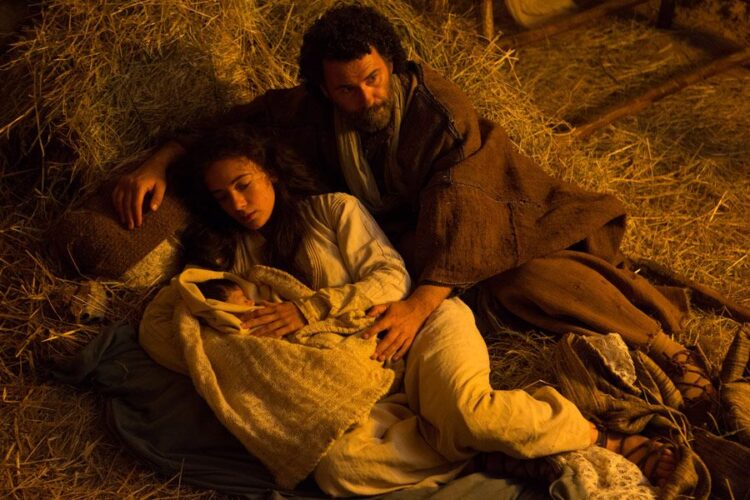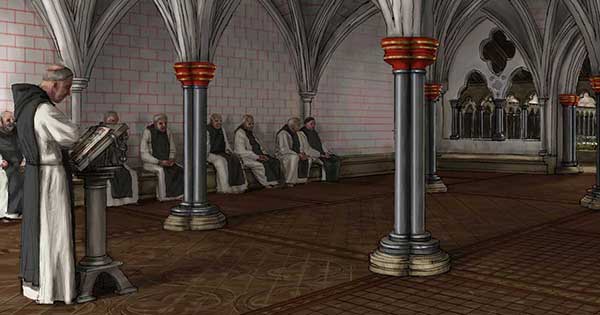I answered this question in November 2020, but it was buried away in the old blog and the COVID-19 pandemic precluded developing major changes in the church year calendar. For those interested in the Seven-Week Advent project, Advent begins on November 13, 2022. There may not be enough time to implement it this year, but read this anyway and store it away for next year. Don’t let Advent catch you sleeping.
Question: I am very interested in Advent. I heard that Advent was originally a much longer period of time (perhaps 40 days). Why was it truncated into only 4 weeks. Also what do you think of the movement to expand the season of Advent into 7 weeks?
Answer: The season of Advent developed in Western Europe (Gaul and Spain) in late antiquity. We know from lectionaries that it was originally a six- or -seven-week season leading to the Epiphany on January 6 and beginning on the Sunday closest to St. Martin’s Day (November 11).
Some think that, as in the Eastern churches, Epiphany was a day for public baptism and this roughly 40-day season (called Quadragesima sancti Martini, or St. Martin’s Lent) was a period of fasting in preparation for the baptisms, paralleling Lent. In that case the acceptance of the Roman feast of the Nativity of Jesus on December 25 would have interrupted the penitential season. So it may be more likely that the forty-day penitential season was simply a harvest-time fast that was broken by the feasting of the twelve days of Christmas.
Moreover, the fast was not every day except Sunday, as in the pre-paschal Lent, but only on Mondays, Wednesdays, and Fridays. The figure of St. John the Baptist in the Advent readings may have related more to the theme of repentance than of baptism. This would have related to the theme of eschatological judgment in the readings of November and early December. The collects for the Gallican Advent Sundays usually began with “Stir up your power, O Lord, and come.” These prayers call for the coming of the Lord Christ at the end of time to judge the living and the dead. Hence, wake up from spiritual sleep and make changes (repent) while there is time.

Rome, in the meantime, knew nothing of Advent. They had the traditional Roman fast of the tenth month (December) known as the Ember Days. (The Ember Days were a quarterly fasting period spread throughout the year — March, June, September, December — and included the Wednesday, Friday, and Saturday fasts of that week.) After the Ember Days fast Rome observed a two week period of preparation for the celebration of the Nativity of Jesus. The theme of the Annunciation was prominent in this two-week period before Christmas.
So here are all the pieces of what we know as Advent. Around 1,000 A.D. there was a merger of the Roman and Gallican systems which resulted in the four week Advent with which we are familiar. It’s themes are the coming as Christ as eschatological judge, the ministry of John the Baptist and his call for repentance, and the Annunciation. At this point it was decided that the church year would begin on the First Sunday of Advent. In the Gregorian Sacramentaries the readings began on Christmas, making Christmas the beginning of the church year. The Roman sacramentary had no Advent readings.
The compromise four-week Advent left the eschatological readings (like the parables of the kingdom in Year A from Matthew’s Gospel) to close out the old church year but also to transition into the new church year (which has been confusing to people). This continuity of eschatological themes was interrupted by the insertion of Christ the King in the reformed Roman three-year Sunday lectionary that Protestants more or less embraced.
The pastoral problem is that secular society is focused on Christmas throughout November and December and the church’s Advent season becomes counter-cultural for some churches. Very little of the Advent character of these days is evident in their liturgical observances (for example, the singing of Christmas carols all during December). We have seen the end of the church year as a kingdomtide observance that begins with All Saints’ Day and lasts up through Christ the King. The Seven-Week Advent project proposes that Advent begins on the Sunday after All Saints’ Sunday and lasts until Christmas Eve. The entire time that the world is observing a secular commercial Christmas or “holiday” season, the church is not!
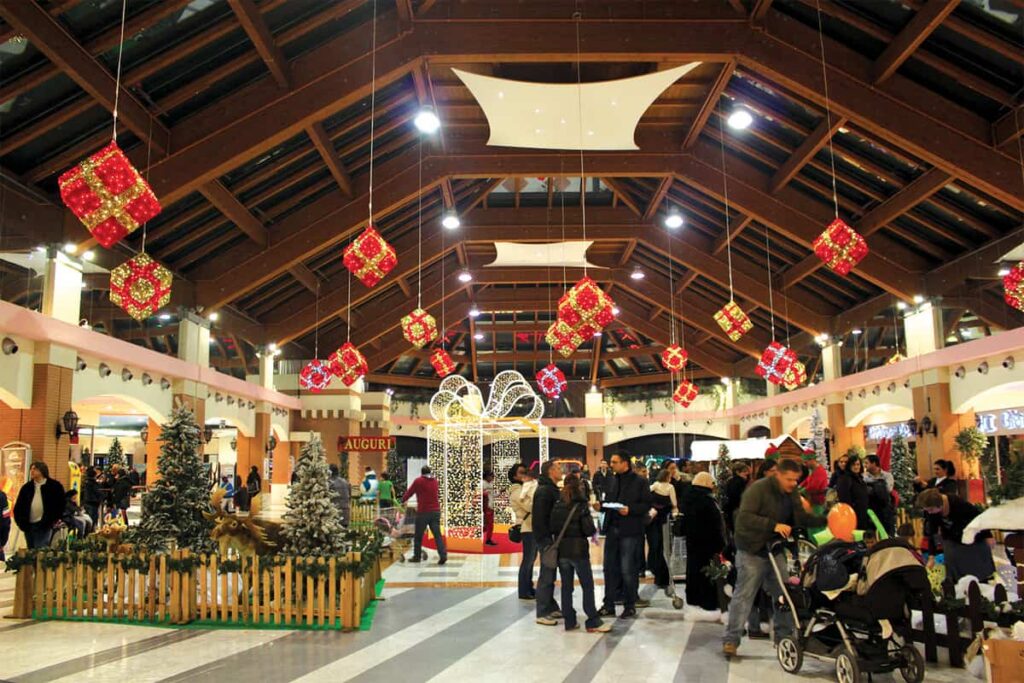
Implementing the seven-week Advent is not difficult. Without even changing the three-year Revised Common or Roman Lectionaries this would, in fact, restore the Gallican six- or seven-week Advent. There’s no need to begin the church year in the midst of this eschatological season. In fact, let the kingdomtide or Advent season be regarded as the end of the church year. Let the new church year begin on Christmas with the coming of Christ, the Word made flesh, into human life and society.

What stands against this proposal? Ecumenical consensus. There is a consensus among Western churches for the thousand-year church year calendar we presently observe, as confusing as it is to the laity. Maybe there would be some interest among the churches that observe Advent to extend the season back to its original length. With its eschatological emphasis, there might be less encouragement to begin singing Christmas songs during Advent.
There are plenty of great Advent hymns that a longer Advent season would give us an opportunity to sing. William H. Petersen, in What Are We Waiting For? Re-Imagining Advent for Time to Come (New York: Church Publishing, 2017) proposed singing a stanza from “O, come, O, come, Emmanuel” every Sunday. The stanzas of this hymn are based on the “O”-antiphons that were originally sung as antiphons to the Magnificat at Vespers from December 17–23, each one picking up a title of Christ from the Old Testament. Petersen proposed naming each Sunday after one of these Christological titles (Wisdom, Lord of might, Branch of Jesse, Key of David, Dayspring, Desire of nations, Emmanuel).
I would resist limiting Sundays to topical themes. A children’s Christmas pageant could be held at an early service on Christmas Eve rather than on a Sunday in Advent.
It would not be difficult to make this liturgical change. Purple or blue vestments and paraments would be used from the Sunday after All Saints’ Sunday until Christmas Eve, when the change is made to the white or gold of Christmas. The Advent eucharistic preface would be used on these seven Sundays, including on what is now Christ the King. That title could be retired to the dustbin of liturgical history. It’s readings might be tweaked, for example, by changing the Gospel from a scene on the cross to the triumphal entry into Jerusalem, which was an old Advent reading, but now in Advent preaching would be given an eschatological twist. The Advent wreath could be expanded with three additional candles.
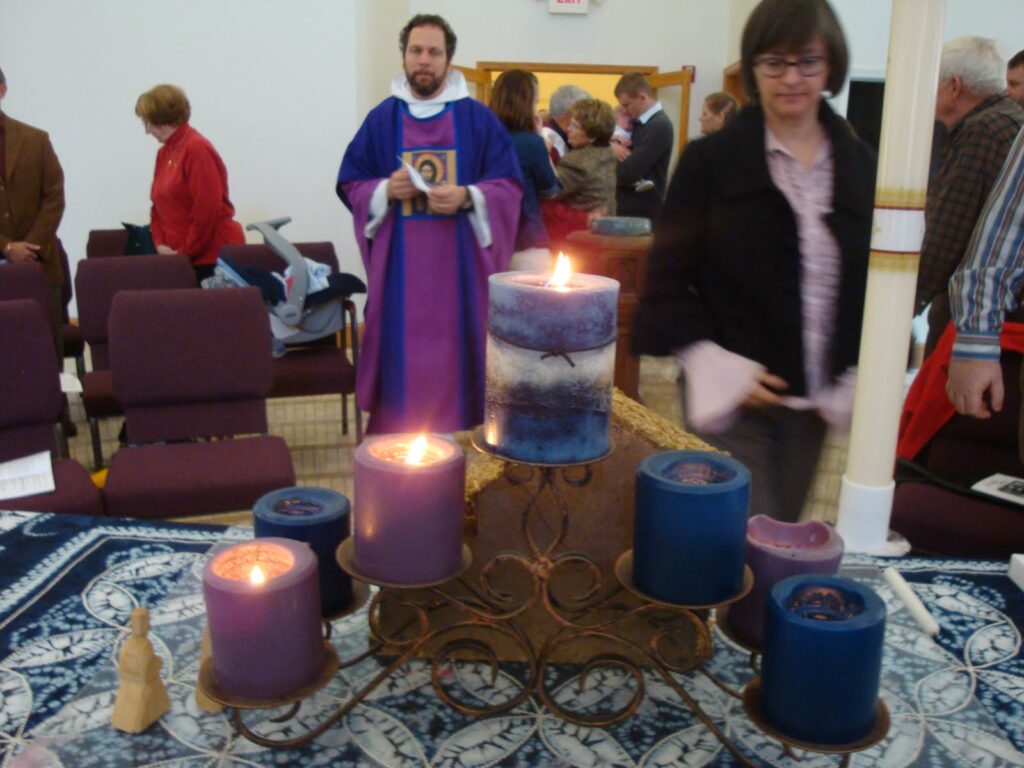
Protestant churches (Anglican/Episcopal, Lutheran, Reformed/Presbyterian/United, United Methodist, Disciples, etc.) might be willing to go along with this proposal. The Consultation on Common Texts or some such ecumenical commission could review all the readings of these Sundays, but most of those in the three-year lectionary would be retained.
For the first year of implementation the readings from the previous Advent would be used to retain the year of the Gospel (e.g. Matthew, Mark, or Luke) until Christmas. I would suppress the designation of “Crist the King” on the new Third Sunday of SAdvent and include the Gospel of the Triumphal Entry in Years B and C instead of the scene on the cross. The appearance of Christ (Blessed is the one who comes in the name of the Lord”) on the new Advent 3 would be a logical lead in to the appearance and ministry of John the Baptist. The pre-Nativity readings on the new Advent 7 would be retained as the bridge into the new church year beginning on Christmas (Eve and Day). The Roman Catholic Church might resist coming on board with this proposal, but Advent was not originally a Roman observance anyway. However, they might be willing to return to the ancient Roman sacramentaries and regard Christmas as the beginning of the new church year.
One final ecumenical advantage to this proposal: the Eastern Churches also have an extended pre-Christmas season. It’s not quite the same as the Western Advent, but this proposal does bring the Eastern and Western liturgical calendars closer together.
Pastor Senn
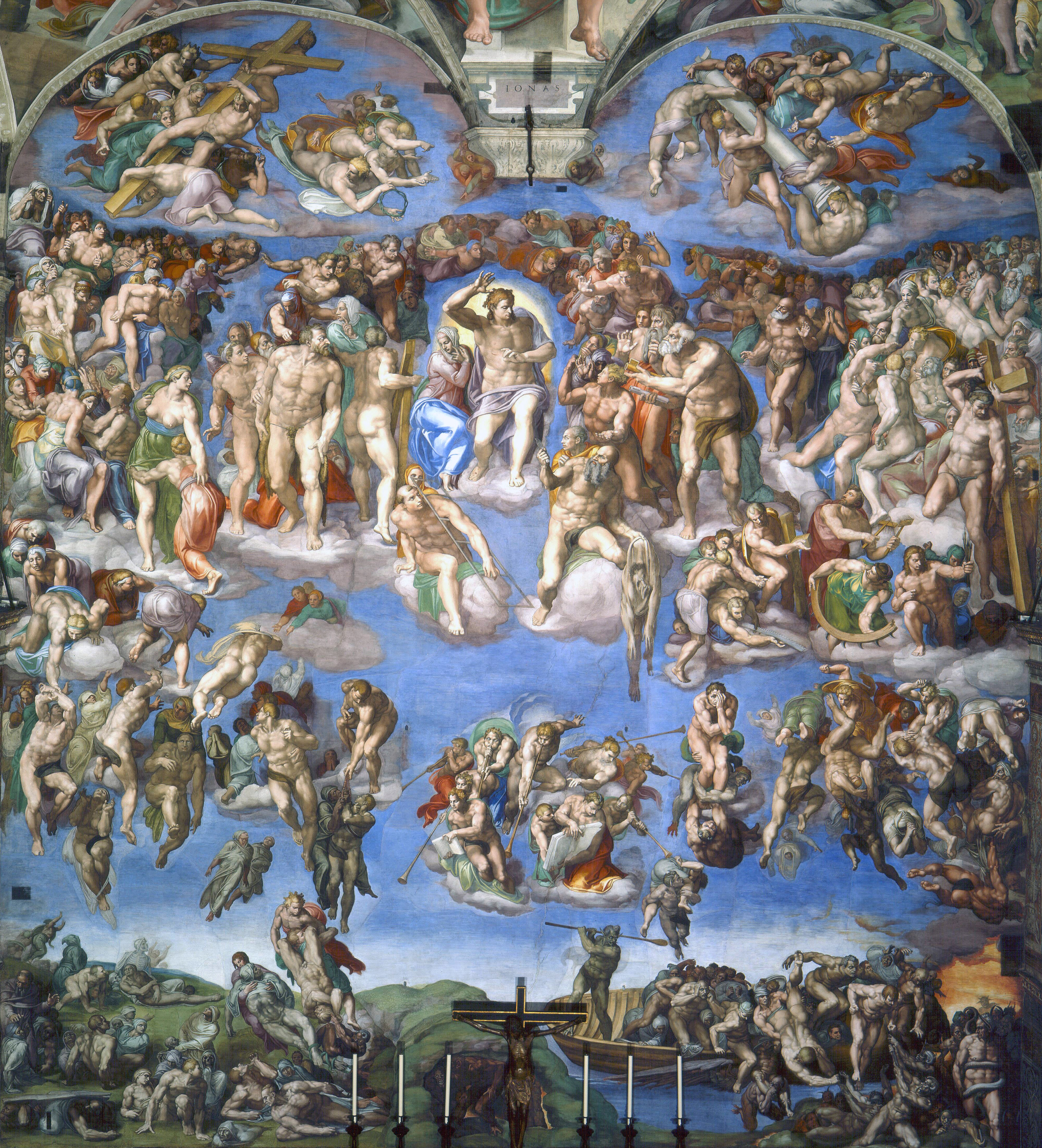
.
Michelangelo’s “Last Judgment” on the wall above the altar (you can see the altar candles and crucifix on the bottom) in the Sistine Chapel in the Vatican.



